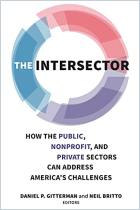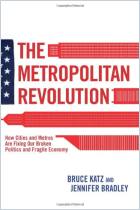The time is ripe for cross-sector partnerships that bring together businesses, governments and nonprofits to solve thorny social problems. So say professors Howard W. Buffett and William B. Eimicke in this incisive look at how “social value investing” unites private-sector metrics and procedures with public-sector projects and goals. The authors lay out detailed studies of successful examples that include India’s introduction of crime-proof identity cards and the rescue of New York City’s Central Park. Activists, students and investors will appreciate this roadmap for collaboration.
The public sector can’t effectively manage society by itself.
Whether the task is ensuring public safety, health and social welfare, or building roads, bridges and schools, it’s difficult for government to do everything. The private sector must also step in to contribute common-sense solutions.
Public-private partnerships (PPPs) are nothing new. During the 1930s Great Depression, the US government engaged in massive investment aimed at reviving the struggling economy. After World War II, president Dwight Eisenhower continued public investment in the economy, most notably with the construction of interstate highways. The big-government age peaked in the 1960s, with the creation of Medicaid and Medicare as part of president Lyndon Johnson’s Great Society programs. By the 1980s, a backlash against state intervention led to a move toward privatization. Today, a new model of multisector partnerships combines the efforts of the private and public arenas with philanthropy to create added leverage.
Bureaucrats could learn from the Wall Street discipline of value investing.
The concept of “social value investing” uses long-term thinking to...























Comment on this summary or 开始讨论